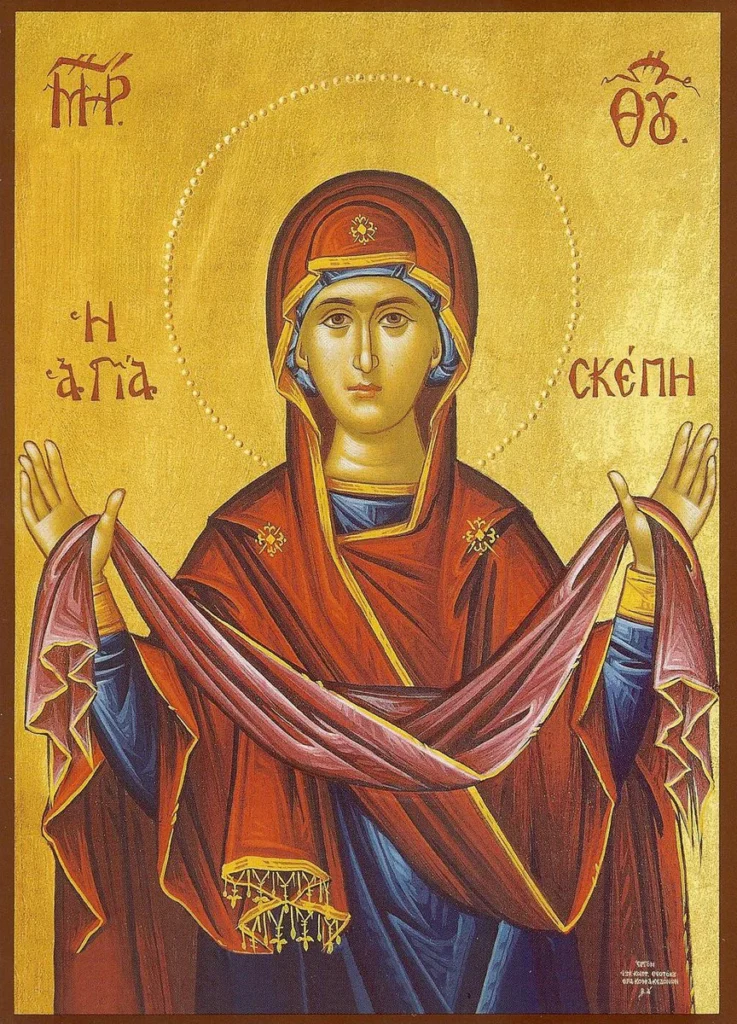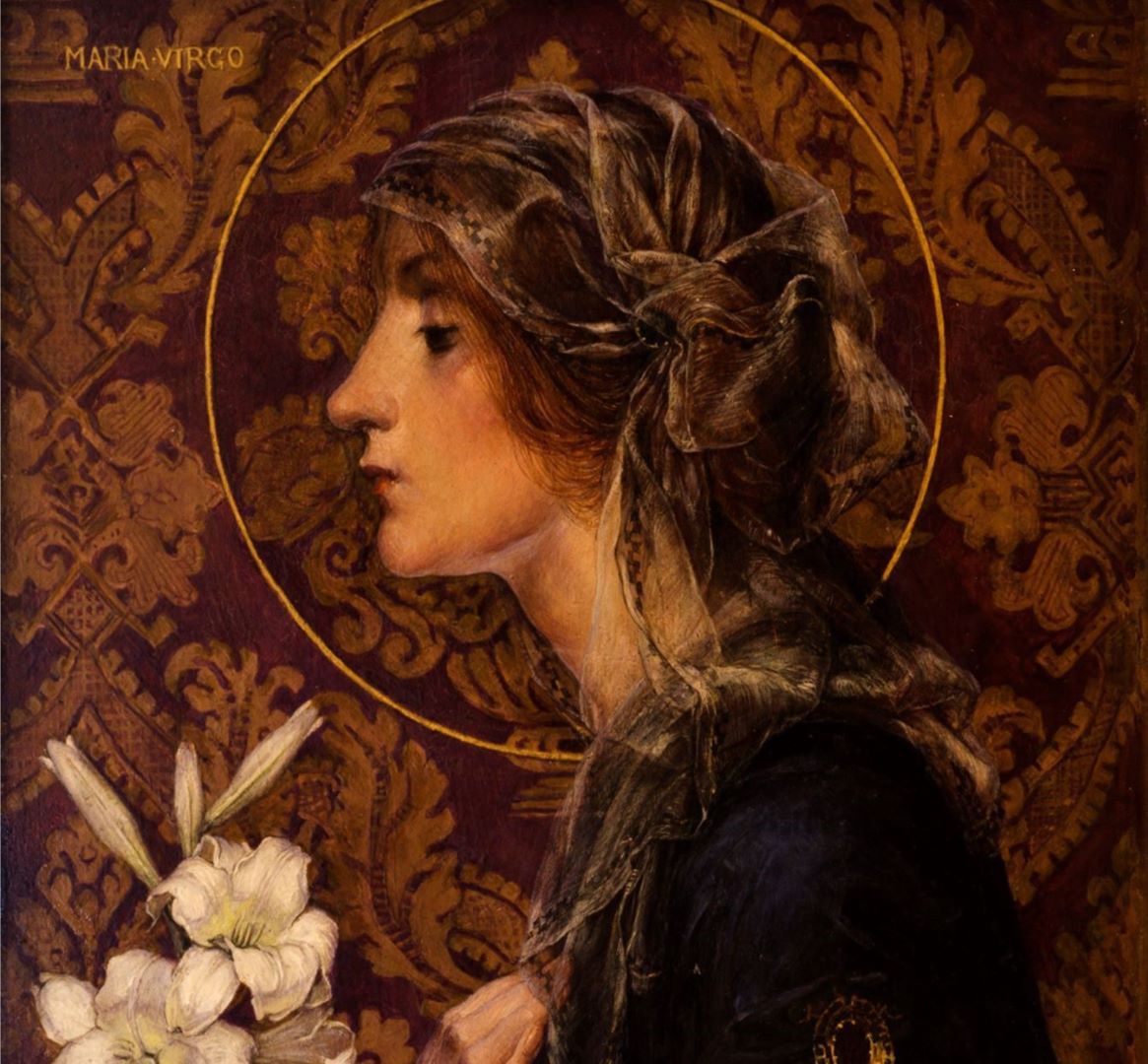Today, September 12, seals the Nativity of the Theotokos and Ever-Virgin Mary. The feast of Her birth is at the very dawn of the liturgical year of the Christian East, so that Her arrival marks the first sound in the symphony of the Sacred cycle. The liturgy does not begin with the Cross, nor with the appearance of the Son, but with the coming to light of the Mother.
It is She who opens the gates of time, She who offers the form through which the Logos will descend into flesh. Today, at the apodosis, the Church prolongs and concludes that mystery; the echo of Her Nativity fades only so that the exaltation of the Holy Cross may follow. The rhythm is precise: first the womb, then the wood; first the vessel, then the sacrifice. The Virgin is honoured as the aurora of salvation, the first Light before the Sun.
I. The Form Before the Son
The order of the feasts reveals a metaphysical truth: the Mother precedes the Child because form precedes emanation. In the Tree of Life this is the mystery of the supernal Binah, the third Sephirah, the eternal matrix. Chokmah is pure seed, uncontained brilliance; Binah is the vessel that welcomes it, moulds it and makes it intelligible. Without the Mother there can be no manifestation of the Word. The Nativity of the Virgin is much more than a sentimental commemoration of an earthly birth, since it represents the cosmic preparation of form itself.

She is the house of comprehension, the Rose opening in silence before the storm of revelation. The apodosis of Her Nativity seals this principle in the rhythm of the year, affirming that creation does not leap into being without the feminine depth that measures and shapes.
Placed at the beginning of September, her feast coincides with the zodiacal arc of Virgo moving into Libra, but the deeper resonance belongs to Cancer. Cancer marks the nadir of the zodiacal wheel, the point of midnight in the cosmic circle. It is the cardinal water, the womb of the heavens. Traditional lore sees Cancer as the Gate of Men, the entrance through which souls pass to take flesh. To associate the Theotokos with this sign is to affirm that She is the Gate, the form through which the Son enters the world. The nadir is invisible, hidden beneath the horizon, but it supports the whole arc of the sky; so too the Mother supports the entire edifice of redemption.
II. The Venusian Morning Star
Today is Friday, the day of Venus, and in the Virgin this planetary current reaches its purest expression. She is honoured as Stella Matutina, the Morning Star, who heralds the dawn before the Sun rises. Venus as morning star is the archetype of the Rose, beauty and fertility made transparent to the Divine. In Marian hymns the imagery of garden and rose is constant: She is the enclosed garden, the blossoming rose without thorn, the root that brings forth the Saviour. The language of Venus is transfigured: the sensual becomes luminous, desire is elevated into devotion, and the Rose that might once wound becomes the healing flower.
The apodosis of her Nativity becomes doubly charged on this Friday. The memory of her birth is overlaid with the fragrance of Venus, so that Mary shines as cosmic form and as the Rose of the dawn. This connection between Her and the planet of love was never denied by the Fathers, who saw in the Song of Songs the veiled presence of the Virgin.
III. The Angelic Seal of Haniel
In the angelic orders the current of Venus is governed by Haniel, whose name carries the sense of grace and joy. Haniel stands with the Principalities as guardians of harmony, guiding nations with a gentle, firm radiance. On this day, when the memory of the Virgin’s birth is sealed, the presence of Haniel is felt as the angelic signature that confirms the bond between heaven and earth through beauty. To contemplate Mary as Stella Matutina and Rosa Mystica on a Friday is to sense Haniel’s wings unfolding over the world, reminding that form is graceful, that structure can be filled with Light.
The Principalities governed by Haniel are said to direct the lower angels and the elements of earthly life, establishing balance between peoples. This corresponds to the role of the Virgin herself, who embodies in Her person the reconciliation of heaven and earth. As the Rose She unites fragrance and thorn, as the Gate She unites eternity and time, as the Theotokos She unites divinity and flesh.
Fiat Lux.
